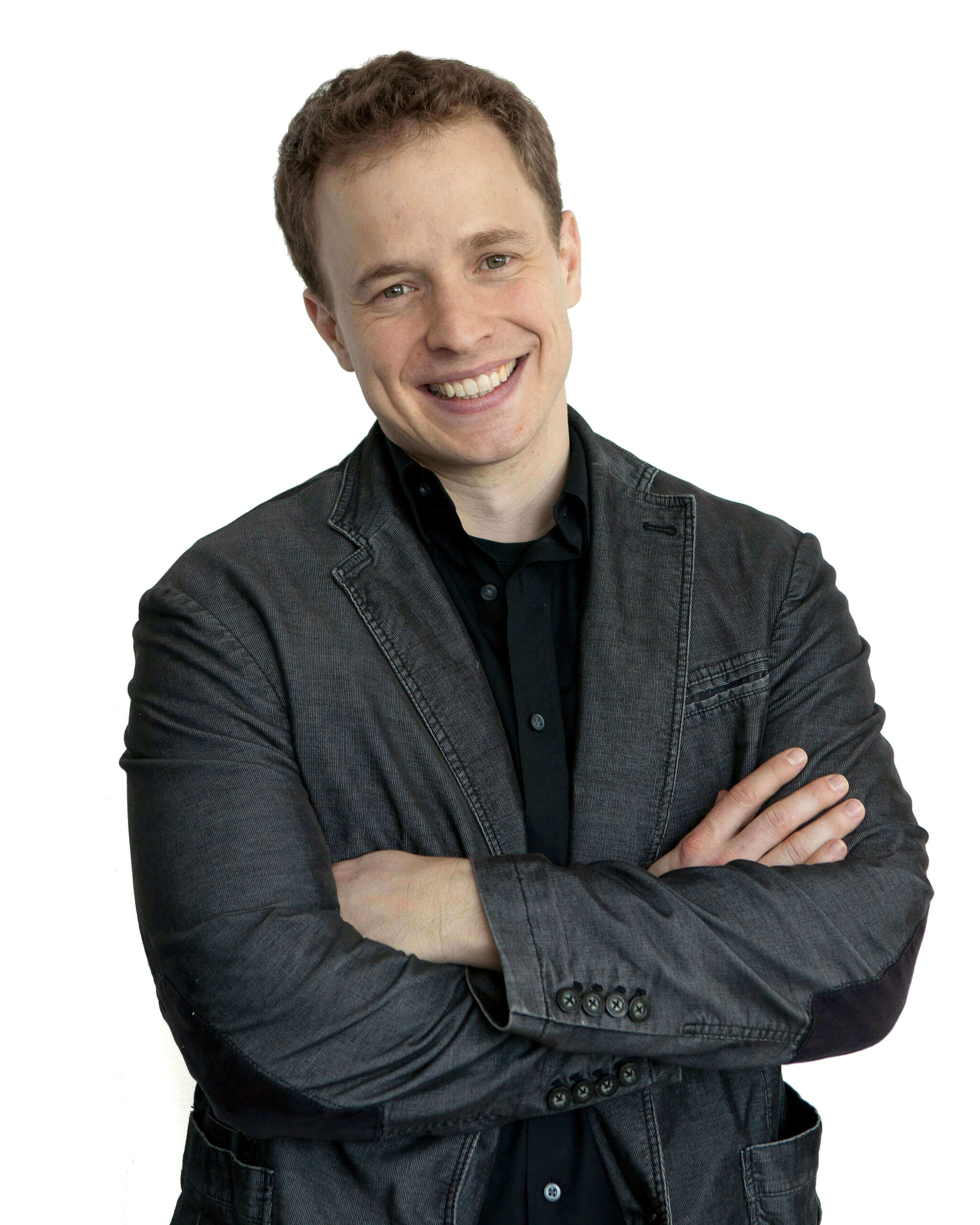
Marc Kielburger
Marc Kielburger is a Canadian activist, New York Times best selling author and co-founder of of Me to We.
Over the past two decades, Marc and his brother Craig have been part of WE Charity, an international development and youth empowerment organization, Me to We, a social enterprise, and We Day, an annual youth empowerment event.
In 1995, Marc and Craig co-founded Free The Children, which eventually became WE Charity. The brothers also co-founded Leaders Today, an organization that trains young people to develop skills and confidence to effect social change (now ME to WE Social Enterprises).
From an early age, Marc’s mission was simple: to inspire a generation of socially empowered young people. When he was 13, Marc volunteered in Jamaica with a hospice for teenage mothers and a home for elderly homeless people who suffered from leprosy. Then, when he was 14, he won the award for Best Junior Project at the Canada-Wide Science Fair for his project on alternative home cleaners. His philanthropic experience continued as a volunteer at an AIDS hospice in Bangkok, Thailand.
In between his trips, Marc graduated magna cum laude from Harvard University, earning a degree in International Relations. He was awarded a Rhodes Scholarship and then went on to complete his law degree at Oxford University, studying human rights law.

In 2008, Marc and his brother went on the Oprah Winfrey Show, where they launched a partnership with Oprah’s Angel Network. Marc Kielburger has also been recognized through an Ashoka fellowship and was named Most Admired CEO in Canada in the Public Sector in 2015.
As a contributor to society, Marc is the recipient of the Order of Canada, and was selected by the World Economic Forum as one of the world’s Young Global Leaders. Additionally, for his work in the fields of education and human rights, Marc is the recipient of 10 honorary doctorates and degrees.
An author on the New York Times bestselling list, Marc has published 8 books addressing global change, activism and social entrepreneurship. He is also an internationally-acclaimed speaker who has spoken to over 2 million people from conferences to live stadium events.
The Closed Loop Model
An excerpt from the book WEconomy with Holly Branson. Part Two, Page 101
“We wanted customers to purchase beautiful, handcrafted necklaces that would support mothers in rural Kenya. ME to WE Artisans would offer steady employment and small business training for extremely marginalized women, a source of income to support their families. Plus, partial proceeds from the purchase of Artisans’ goods would support development programs, like building schools and clean water systems in the very region where the women live and work.
We call this a “closed-loop system” because profits from purchases of socially-conscious products made in our partner communities return to those same communities. When we enter a closed-loop process, there are many considerations: Is the product scalable? Can we price competitively? But the benefits are overwhelming. The community achieves much-needed stable employment, and proceeds fund social empowerment programs. The consumer gets transparency on multiple planes. You know where your impact is being generated, both in terms of economic development (job creation) and community development (donations). You can track it online, and even visit the Kenyan Mamas who work as artisans on a ME to WE Trip. It sounds simple, but it was revolutionary to deliver impact at this large scale.”
Consumer Choices and Social Impact
An excerpt from the book WEconomy with Holly Branson. Chapter Eight: Differentiate Products, Page 129
“Shoppers report that they are willing to pay more for products that do good. In the largest study of its kind, researchers at New York University examined a raft of consumer surveys and found that 60 percent of shoppers are willing to pay a premium for socially conscious products. Granted, it’s easy to seem righteous in a survey, and many respondents likely overestimated their commitment to responsible shopping to boost their own self-esteem. Maybe only a percentage of these respondents are willing to buy the change they seek in the world. Even still, don’t you want in on that? Five or ten percent of customers in the consumer packaged goods industry, for instance, adds up to billions of dollars for the brand on the right side of the premium. That’s a lot of money for being on the cutting edge of recycled packaging or environmentally friendly home cleaners. On average, consumers would spend 17 percent more for products that came with social or environmental benefits. Research suggests that consumers value and prefer the promise of transparent impact.
There’s mounting evidence of both consumer fatigue and cynicism with traditional cause marketing. A 2015 survey by social research firm Mission Measurement found that 58 percent of respondents want to understand the impact they’re having when they buy a product linked to a social cause, as opposed to simply noting the colored ribbon on the wrapper. Where is the money going? Who benefits? We had to make the customer understand how shampoo (or a white T-shirt) relates to international development. As consumers track their impact online, they can access further information about the cause. We find that the initial purchase of a Rafiki or co-branded T-shirt is what we call a “gateway engagement” that spurs additional interest in making a difference through service, philanthropy, or further purchases. This is why TYI works. It’s not a commercial; it’s a connection.”
Unlocking a Unique Charitable Impact
An excerpt from the book WEconomy with Holly Branson. Chapter Eight: Differentiate Products, Page 126
“Our team created something unprecedented called Track Your Impact (TYI). It’s an inventory tracking system, but it’s so much more than that. The system leverages a product’s existing Universal Product Code (UPC), those black-and-white bars unique to each product that are scanned at checkout to reveal more information. To the existing system, the manufacturer or seller can add a sticker with an eight-digit TYI code. When customers input the UPC or TYI code online, they can find out exactly what charitable impact their purchase will make. Each TYI product unlocks a unique charitable impact—whether in developing countries, delivering five gallons of clean water to a family or a package of lentil seeds for a farmer; or in developed countries, providing a curriculum resource for a local school or leadership training for at-risk youth.
Consumers can see information about their specific charitable impact, and pin- point on a map the region, village, or city where their impact is being delivered to change a life. Consumers can even opt-in to receive ongoing updates about their impact via email. WE launched the TYI pilot with codes on Artisans products and donations to our WE Village charity projects. So the sales of Artisans goods not only provided a fair wage to the mamas who made them, but also supported development initiatives in the villages where the women lived. And customers could track it all, typing codes into the website to pinpoint the specific village on a map, with photos and stories about the people in that community, telling why and how the impacts change lives.”
